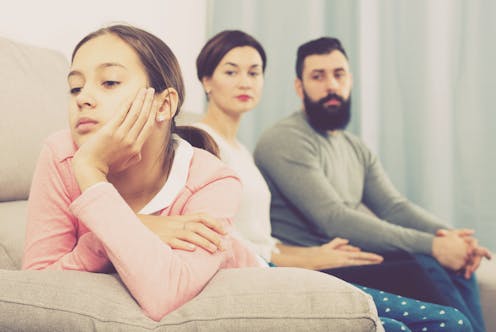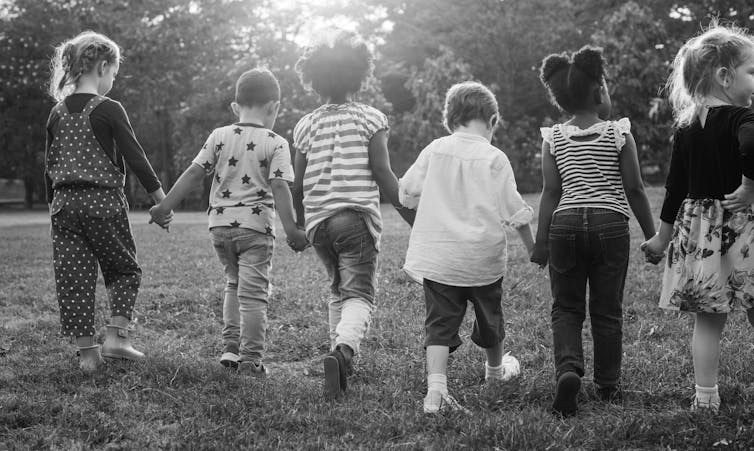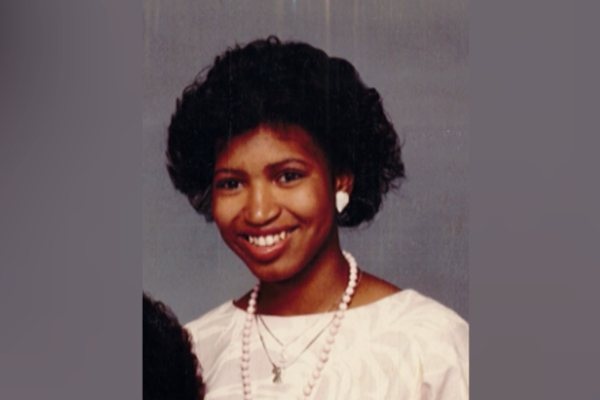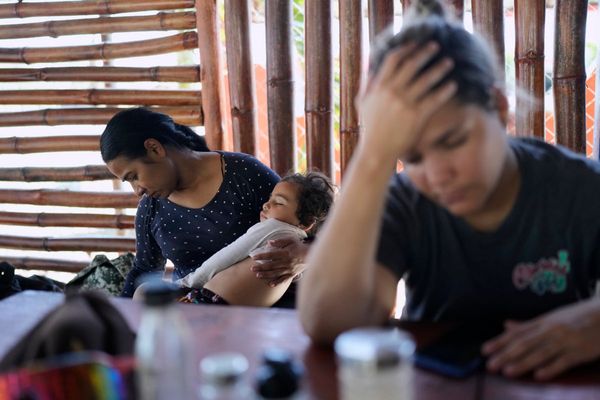
Some acts are only considered criminal if they are committed by someone aged under 18. This doesn’t just include things such as drinking alcohol. In some US states, for example, it is illegal for children to run away from home or even to repeatedly disobey parental authority.
This behaviour is called incorrigibility. If a child is decided to be incorrigible by a court, the sanctions they can receive include detention in a juvenile facility.
In many countries where there is legal recourse for adults against violence by other adults, we find a troublesome lack of such protection for children. In over 130 countries in the world, children lack full protection against corporal punishment. In England, children can lawfully be smacked by parents if the smack can be considered “reasonable punishment”.
This kind of unequal treatment is an example of childism: prejudice and discrimination against children.
Defining the problem
The concept of childism was used by psychiatrists Chester Pierce and Gail Allen as long ago as 1975, describing the universal oppression created by anti-child attitudes and practices. They argued that childism is “the automatic assumption of superiority of any adult over any child”.
In 2012, the term was further popularised by psychoanalyst Elisabeth Young-Bruehl’s book Childism: confronting prejudice against children. Young-Bruel argued that childism should be considered as a prejudice alongside other prejudices such as racism, sexism and homophobia.
Ideas about women’s inferiority to men or assumptions about race feed into ideas about children’s inferiority to adults. These are prejudices about who has and who lacks rationality, logic and authority. This prejudice stands in the way of children being heard and taken seriously.

A child can be discriminated against on multiple grounds. The age, race, gender, class, disability, language and sexual orientation of a child can hinder their rights in school or access to societal institutions.
Expectations that the law should uphold some form of justice, that people should be treated equal in the application of laws, and that children as a vulnerable group should be adequately protected by the law, can clash with the existence of childism.
Childism in law
Children’s rights are formulated in international law. The most commonly known is the United Nations convention on the rights of the child (CRC) established in 1989. But while the convention states that the rights it lays out should apply to any child without discrimination on the basis of factors such as race and sex, it does not define or address discrimination against children.
This stands in stark contrast to other core conventions on human rights. The convention on the elimination of all forms of racial discrimination, as the title indicates, address racial discrimination, and the convention on the elimination of all forms of discrimination against women sexist discrimination. But age-based discrimination against children has been overlooked.
The convention on the rights of the child says that the best interests of the child should be a primary consideration in legal and administrative proceedings. But what is in the best interests of the child tends to be defined through concerned adults and their interests.
Read more: Calling children 'vectors' during COVID-19 is turning into discrimination
In custody cases, for instance, the rights of the concerned adults are often prioritised. Research in Sweden found that children’s right to welfare support tends to be determined mainly through the claims of adults in the family.
The convention on the rights of the child also includes the instruction that the “evolving capacities of the child” should be taken into consideration when judging matters relating to children. This may silence children’s voices on their own rights, as a child may be deemed too immature or not ready to have a say in their life.
However, not discriminating against children does not mean treating them the same as adults. Such formal equality can be unfair to children, as their specific circumstances will be different to those of an adult. What it does mean is – for instance – ensuring that a child has a right to be heard on issues that affect them, and that their views are not dismissed simply because they are the views of a child.
Discrimination against children needs to be addressed from an intersectional perspective. This means taking into account how a child might simultaneously experience overlapping discrimination based on their age and other factors such as race and gender. Governments should recognise that the rights of the child rest at the centre of human needs.
Rebecca Adami does not work for, consult, own shares in or receive funding from any company or organization that would benefit from this article, and has disclosed no relevant affiliations beyond their academic appointment.
This article was originally published on The Conversation. Read the original article.







